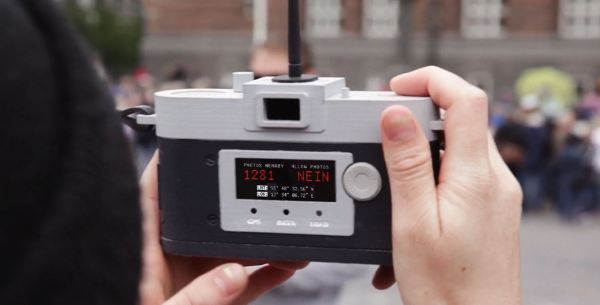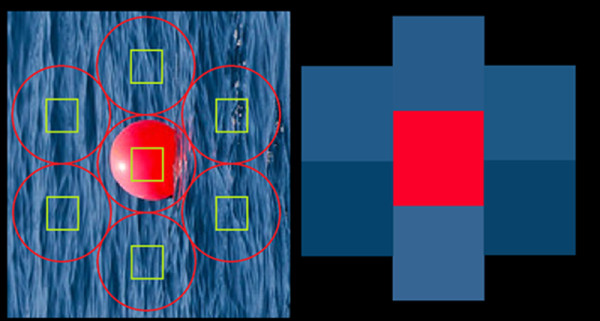If you are a fan of nature documentaries you will no doubt have been wowed by their spectacular underwater sequences. So when you buy a GoPro or similar camera and put it in a waterproof case accessory, of course you take it with you when you go swimming. Amazing footage and international documentary stardom awaits!
Of course, your results are disappointing. The professionals have years of experience and acquired skill plus the best equipment money can buy, and you just have your hand, and a GoPro. The picture is all over the place, and if there is a subject it’s extremely difficult to follow.
[Steve Schmitt] has an answer to this problem, and it’s a refreshingly simple one. He’s built an underwater glider to which he attaches his camera and launches across the submerged vista he wishes to film. Attached to a long piece of line for retrieval, it is set to glide gently downwards at a rate set by the position of the camera on its boom.
Construction is extremely simple. The wing is a delta-shaped piece of corrugated plastic roofing sheet, while the fuselage is a piece of plastic pipe. A T-connector has the camera mount on it, and this can slide along the fuselage for pre-launch adjustments. It’s that simple, but of course sometimes the best builds are the simple ones. He’s put up a video which you can see below the break, showing remarkable footage of a test flight through a cold-water spring.

















